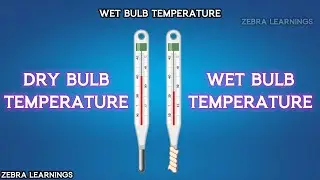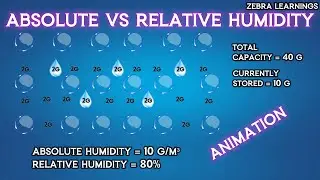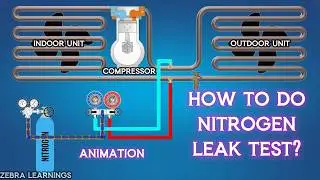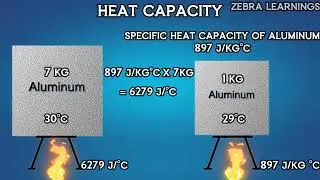Wet Bulb Temperature Explained | Animation |
Wet bulb temperature is a measure of the temperature of air taking into account both the actual temperature (dry bulb temperature) and the humidity level.
It's essentially the lowest temperature that can be reached by evaporative cooling, such as when water evaporates from a wet surface.
Here's why wet bulb temperature is important in HVAC:
Cooling Efficiency: Wet bulb temperature directly affects the efficiency of cooling systems, particularly those relying on evaporation like cooling towers. Higher wet bulb temperatures reduce the potential for evaporative cooling, making it harder for the system to reject heat and cool the air effectively.
Human Comfort: Wet bulb temperature is a better indicator of human comfort than dry bulb temperature alone, especially in humid environments. High humidity combined with high temperatures can make it difficult for the body to cool itself through perspiration, leading to discomfort and even health risks.
System Design: HVAC systems are designed based on specific wet bulb temperature conditions for a given location. This ensures they can handle the cooling load even during peak heat and humidity periods.
Key Points to Remember:
Wet bulb temperature is always lower than or equal to dry bulb temperature.
The difference between wet bulb and dry bulb temperature increases with decreasing humidity.
Wet bulb temperature is measured using a thermometer with a wet wick around the bulb, exposed to air flow.
High wet bulb temperatures can significantly impact the performance and efficiency of cooling systems.
Humidity Explained
• Humidity Explained | Animation | #HVAC
Latent Heat and Sensible Heat
• Latent Heat and Sensible Heat Explain...































